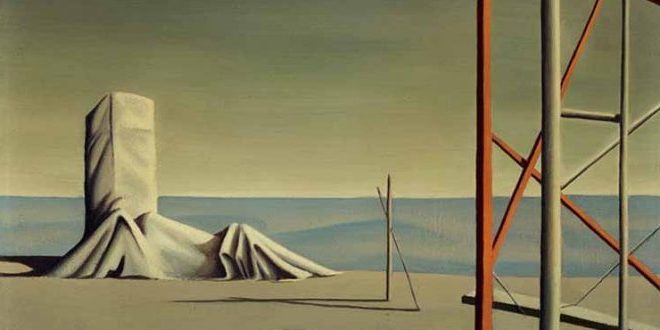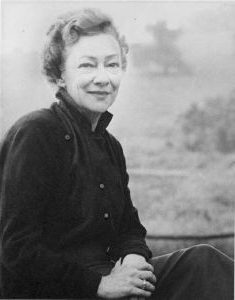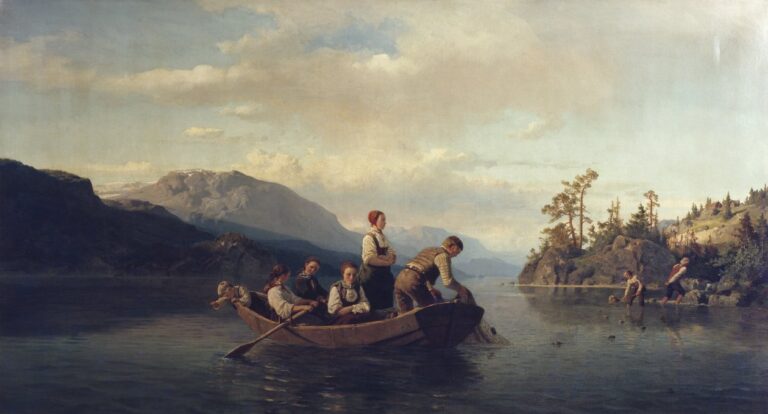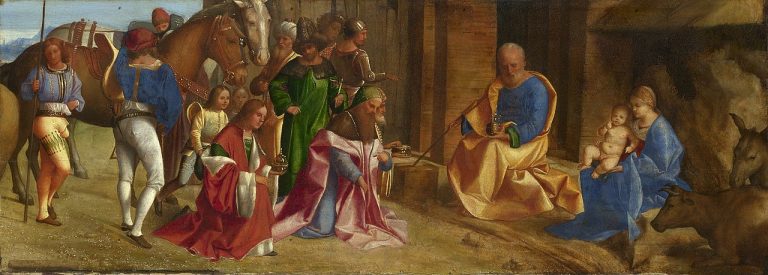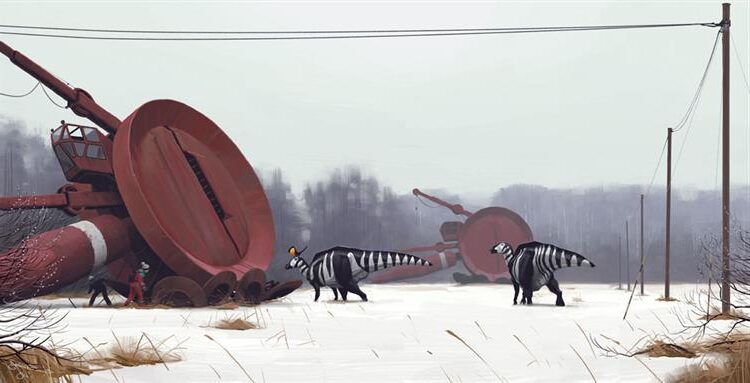Kay Sage: Painter of Surrealist Landscapes and Enigmatic Visions
Born: 25 June 1898, New York, United States
Death: 8 January 1963, Connecticut, United States
Art Movement: Surrealism
Nationality: American
Teacher: Oronato Carlandi
Institution: Foxcroft School and Corcoran Art School
Kay Sage: Painter of Surrealist Landscapes and Enigmatic Visions
Early Life and Inspiration
Kay Sage’s upbringing and travels shaped her artistic journey. Her background and education laid the foundation for her creative pursuits, while her time in Europe exposed her to Surrealism.
Background and Education
Katherine Linn Sage was born on June 25, 1898, in Albany, New York. Her father, Henry M. Sage, was a wealthy state senator and assemblyman.
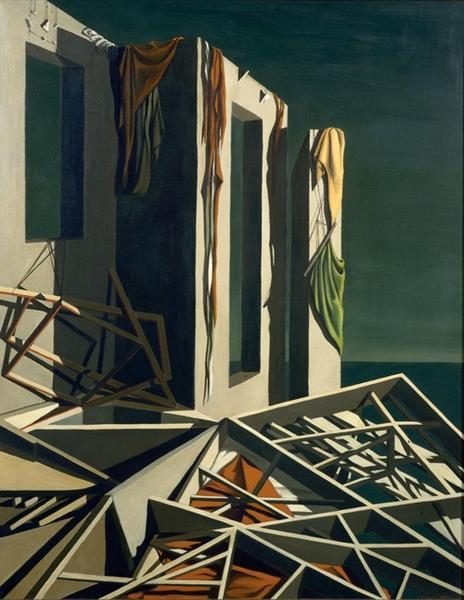

Kay grew up in a privileged family, which allowed her many opportunities. As a child, Kay moved often and attended various schools. She spent time at the Foxcroft School in Virginia. Later, she studied at the Corcoran Art School in Washington, D.C.
Kay’s mother, Anna Ward Wheeler, separated from her father. This led to frequent travels abroad with her mother. These trips sparked Kay’s love for art and culture.
European Influence and Surrealism
In the 1920s, Kay moved to Italy. She married Prince Ranieri di San Faustino in 1925. This union connected her to the Agnelli family, known for their wealth and influence.
Kay studied art in Rome with Oronato Carlandi. These experiences boosted her skills and knowledge.
In 1937, Kay discovered Surrealism in Paris. This art movement greatly inspired her work. She met many Surrealist artists and began creating her own Surrealist paintings.
Kay’s time in Europe shaped her artistic style. She blended her American background with European influences. This unique mix set her apart in the art world.
Artistic Career and Major Works
Kay Sage’s artistic journey spanned decades and continents. She made a lasting mark on Surrealism with her unique style and vision.
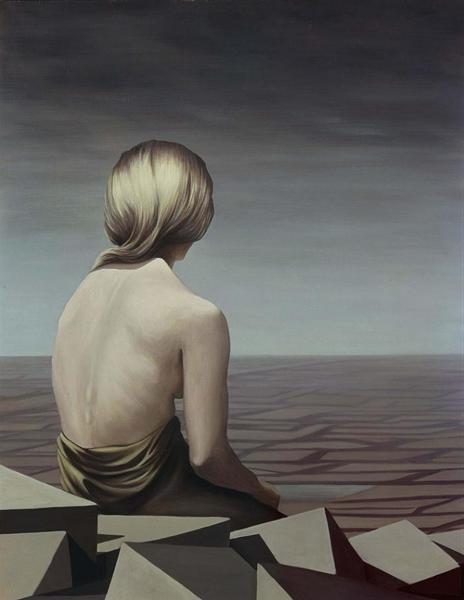
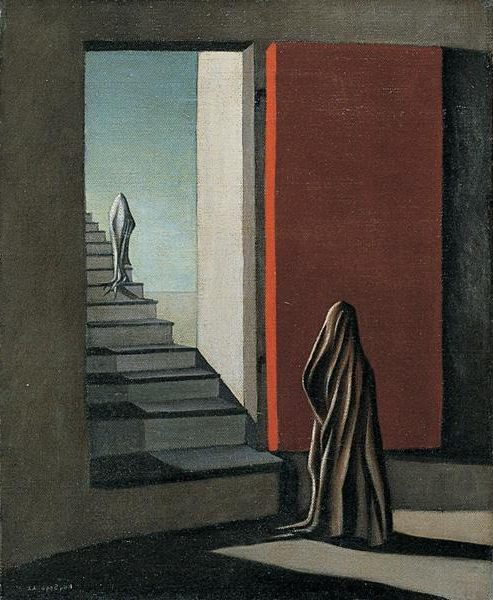
Development as a Surrealist Artist
Kay Sage began painting seriously in the 1930s. She moved to Paris in 1937, where she discovered Surrealism. This art movement shaped her style deeply.
Sage’s early works showed influence from Giorgio De Chirico. She created dreamlike scenes with strange objects and empty spaces.
Sage’s style grew more distinct over time. She often painted bare landscapes with geometric shapes and draped figures. Her colors were often muted, using grays, whites, and pale blues. These choices gave her work a haunting quality.
Collaboration with Yves Tanguy
In 1939, Sage met fellow Surrealist painter Yves Tanguy. They married in 1940 and moved to Connecticut.
The couple inspired each other’s art greatly. They shared studio space and often exhibited together.
Sage and Tanguy’s styles were different but complementary. His paintings featured organic shapes, while hers focused on architectural forms. They both explored themes of isolation and the subconscious.
Their partnership lasted until Tanguy’s death in 1955. This loss deeply affected Sage and her later work.
Influential Exhibitions and Collections
Sage’s first solo show was at the Pierre Matisse Gallery in New York in 1940. This exhibition helped establish her in the American art scene.
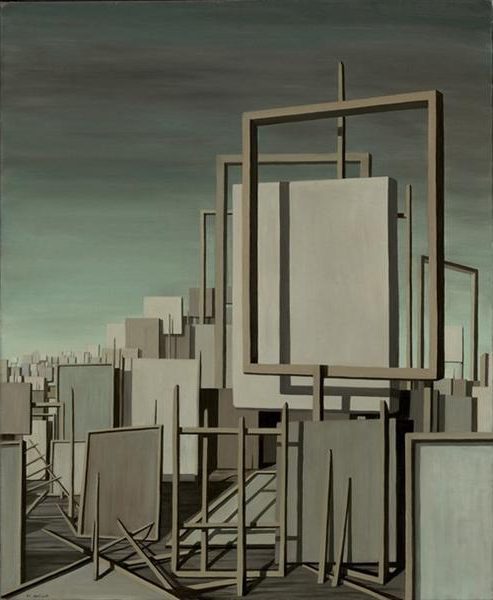
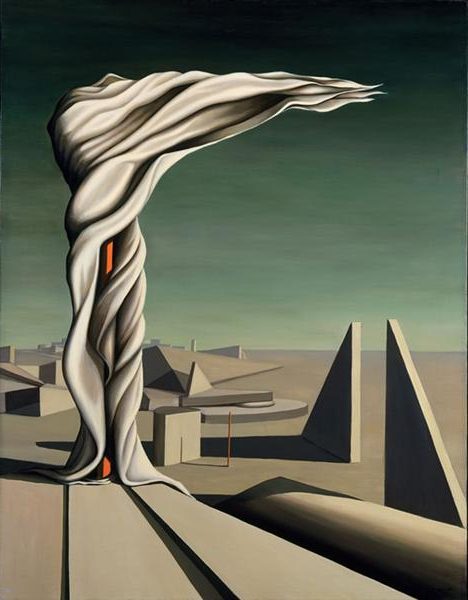
She went on to show her work in many important galleries and museums.
Some of Sage’s most famous paintings include:
- “The Answer Is No” (1958)
- “I Saw Three Cities” (1944)
- “Tomorrow is Never” (1955)
Major museums like the Metropolitan Museum of Art and the Museum of Modern Art own Sage’s work. The Mattatuck Museum in Connecticut holds a large collection of her paintings and personal items.
Sage took part in many group shows of Surrealist art. In 1943, she was included in Peggy Guggenheim’s “Exhibition by 31 Women” in New York. This show highlighted women artists in the Surrealist movement.
Legacy and Impact
Kay Sage left a lasting mark on the art world. Her unique style and contributions to Surrealism continue to influence artists today.
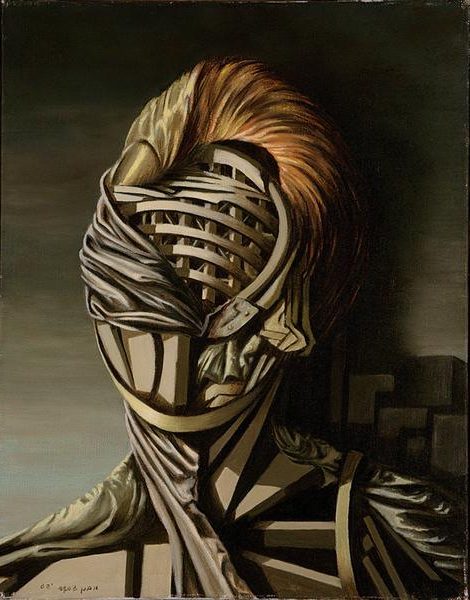

Recognition in Art History
Kay Sage’s work gained more attention after her death. The Whitney Museum of American Art and Art Institute of Chicago both held shows of her paintings.
Art experts now see Sage as an important American Surrealist painter. Her style mixed dream-like scenes with stark buildings and shapes. This set her apart from other artists of her time.
Sage’s art often showed lonely figures in strange places. This spoke to feelings many people had after World War II. Her work “The Answer Is No” is now seen as one of her best paintings.
Contribution to American Surrealism
Sage helped bring Surrealism to America. She was one of the few American artists fully part of the Surrealist movement.
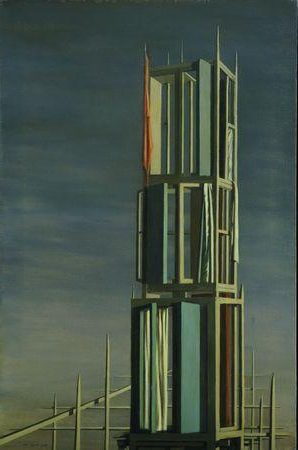
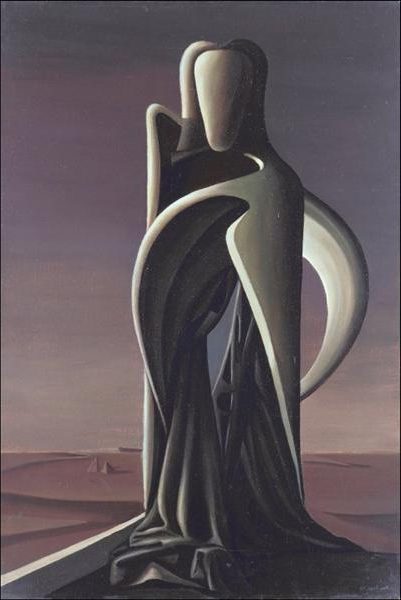
Sage’s paintings often had a sense of mystery. She used odd structures and empty spaces in her art. This style was all her own. It helped expand what Surrealist art could be.
Her poetry and writing also added to Surrealism. Sage wrote four books of poems late in life. These works, like her art, explored deep feelings and strange ideas.
Frequently Asked Questions
Kay Sage was a key figure in 20th century art. Her unique style and contributions to Surrealism sparked interest from art lovers and critics alike.
What artistic movement is Kay Sage associated with?
Kay Sage is linked to Surrealism. She joined the movement in the 1930s. Sage’s work fits the Surrealist style with its dream-like scenes and odd juxtapositions.
Which themes are predominant in Kay Sage’s paintings?
Isolation and alienation are big themes in Sage’s art. She often painted empty landscapes with strange structures. Her work has a lonely, eerie feel to it.
How did Kay Sage contribute to the Surrealist movement?
Sage brought a unique vision to Surrealism. Her focus on architecture in barren settings was different from other artists. She helped expand what Surrealist art could look like.
In what ways did Kay Sage’s personal life influence her artwork?
Sage’s travels and life in Europe shaped her art. Her marriage to fellow Surrealist Yves Tanguy also affected her work. The isolation in her paintings may reflect her own feelings.
What are some notable exhibitions that have featured Kay Sage’s work?
Major museums have shown Sage’s art. The Museum of Modern Art in New York has displayed her work. Retrospectives of her paintings have been held at various galleries.
How has Kay Sage’s legacy been preserved in the art world?
Art books and studies keep Sage’s work alive. Her paintings are in top museum collections. Now, Sage is seen as an important female voice in Surrealism.

